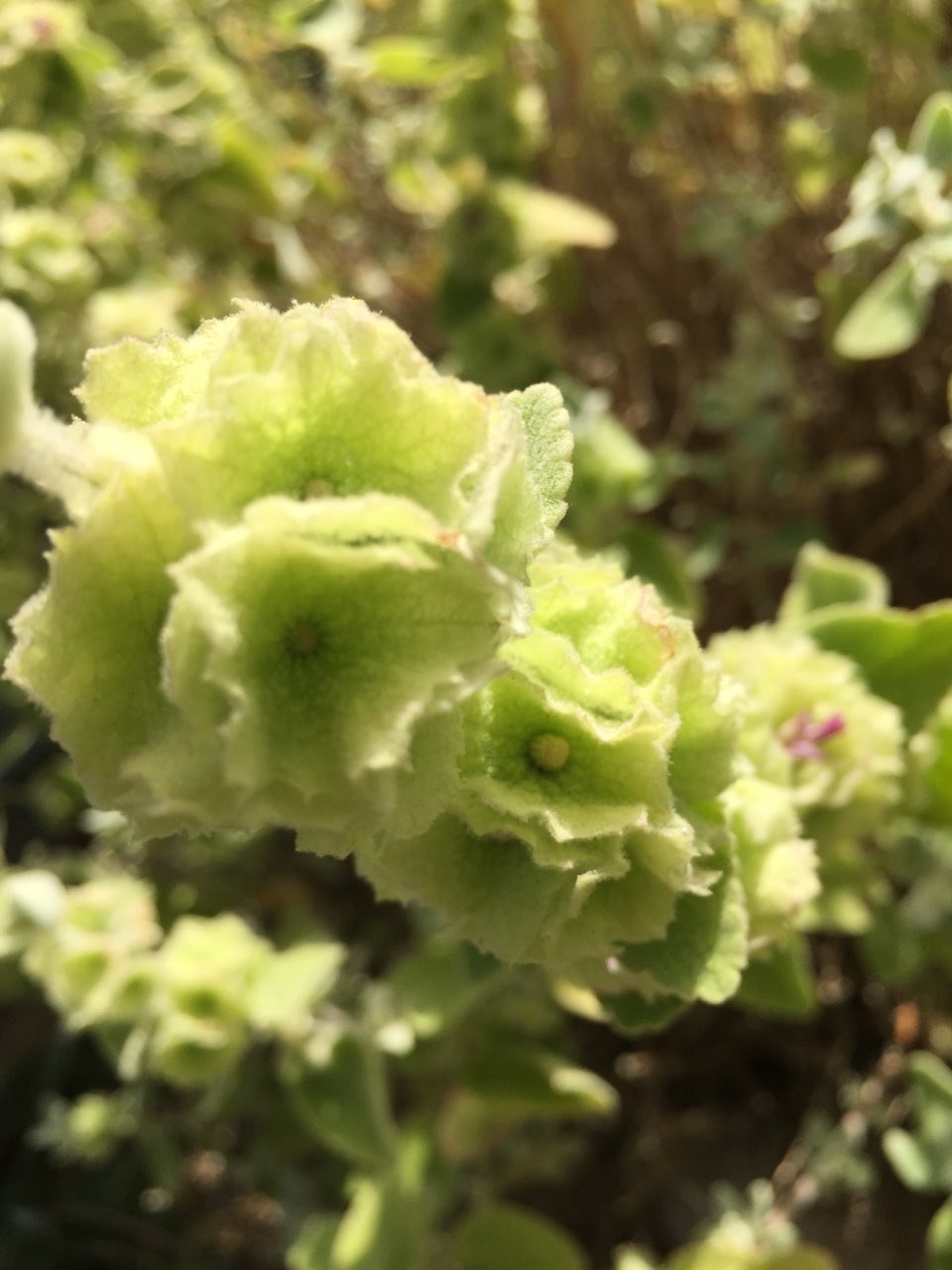

The shrub Ballota acetabulosa belongs to the Lamiaceae (Labiate) family, to whom other Mediterranean aromatic plants like oregano, marjoram, basil, thymus, sage and rosemary belong. Its flowers were used as vegetable wicks for olive oil lamps in Southern Italy and Greece.
To reproduce this ancient lamp it’s enough to get a glass or a pot, that you should fill for two thirds with water and for one third with olive oil. The wick is made from the flower of the Ballota acetabulosa, harvested around May and June and dried. In order to keep it afloat, you should put it in the center of a metal piece (around 5 cm x 5 cm) shaped like in the picture. The cork skewered at its points will allow to the whole piece to keep afloat (you can adapt the cork of a normal wine bottle). At this point you light the vegetable wick, which will burn and illuminate until there will be oil.
The features of this vegetable wick, very interesting and appreciated at the time when there wasn’t electricity, are many: it doesn’t produce smoke, it doesn’t smell and it can last for many hours in a row.
If you look well through the streets of Badolato, you will surely find who still has this shrub in a pot in front of his door and who would be happy to give you some flowers of it in order to allow you to bring home a very special, historical and ecological souvenir.
Pictures:
Rosa Carnuccio
Sources: https://www.storieeracconti.it/2010/12/il-lumino-greco/
